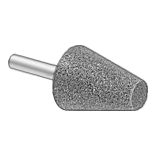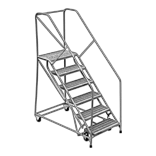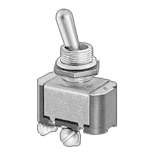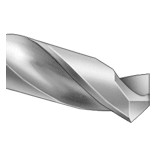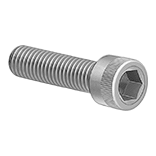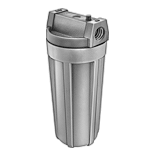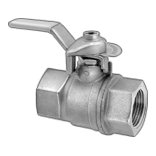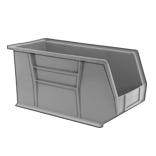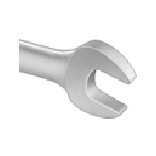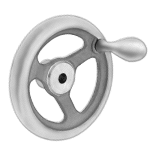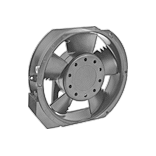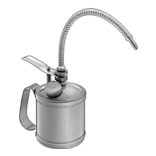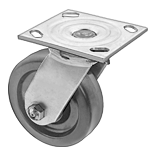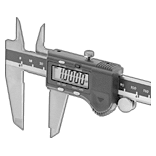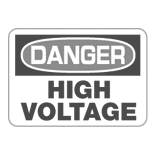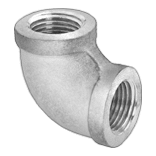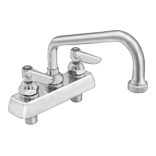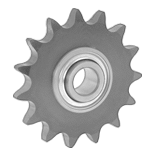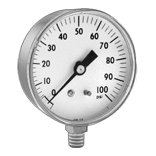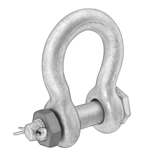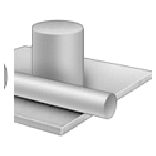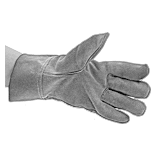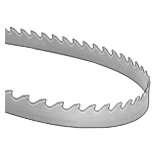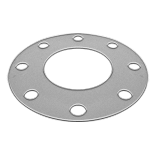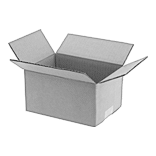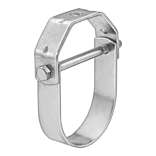Syringe Loading Tanks
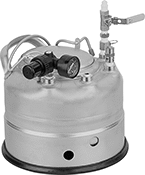
Fill syringes quickly without the mess—these tanks use compressed air to push viscous liquid into a syringe. They hold up to a gallon of material, so you can fill many syringes one after another. To fill a syringe, connect a compressed air source to the tank, twist a syringe onto the dispenser, and slowly turn the ball valve. If you’re using a manually powered syringe, check first to make sure the plunger is fully depressed. For air powered ones, check that the stopper is fully inserted.
Monitor the tank’s pressure with a built-in gauge. An included regulator works to hold the tank pressure around the recommended 100 psi. If the pressure gets too high, pull the tab on the release valve. To prolong the life of the material in your tank, you should release the pressure after filling your last syringe. These tanks cannot be sold to Canada due to safety regulations.
Overall | Inlet | Outlet | ||||||||||||||
|---|---|---|---|---|---|---|---|---|---|---|---|---|---|---|---|---|
| Capacity, gal. | Max. Pressure @ 100° F | Dia. | Ht. | Opening Dia. | No. of Inlets | Coupling Size | Connection Style | Gender | No. of Outlets | Connection Type | Gender | Temp. Range, °F | Features | Cannot Be Sold To | Each | |
304 Stainless Steel | ||||||||||||||||
| 1 | 100 psi | 10" | 11 1/2" | 6" | 1 | 1/8 | Quick Disconnect | Male | 1 | Luer Lock | Female | -20° to 100° | Pressure Gauge, Safety Valve | Canada | 000000 | 000000000 |
